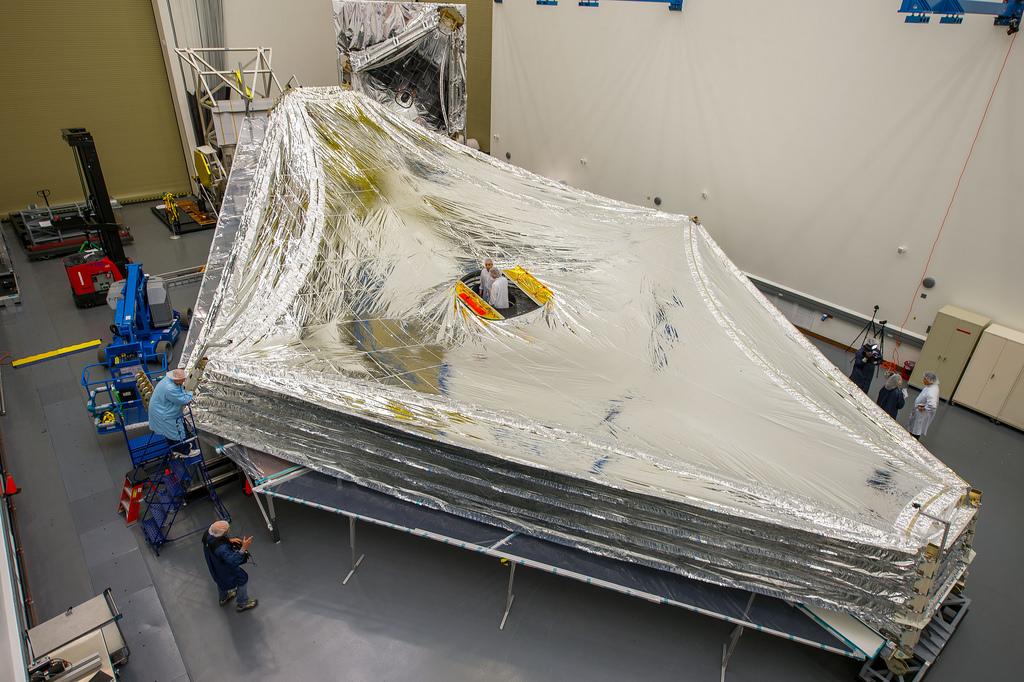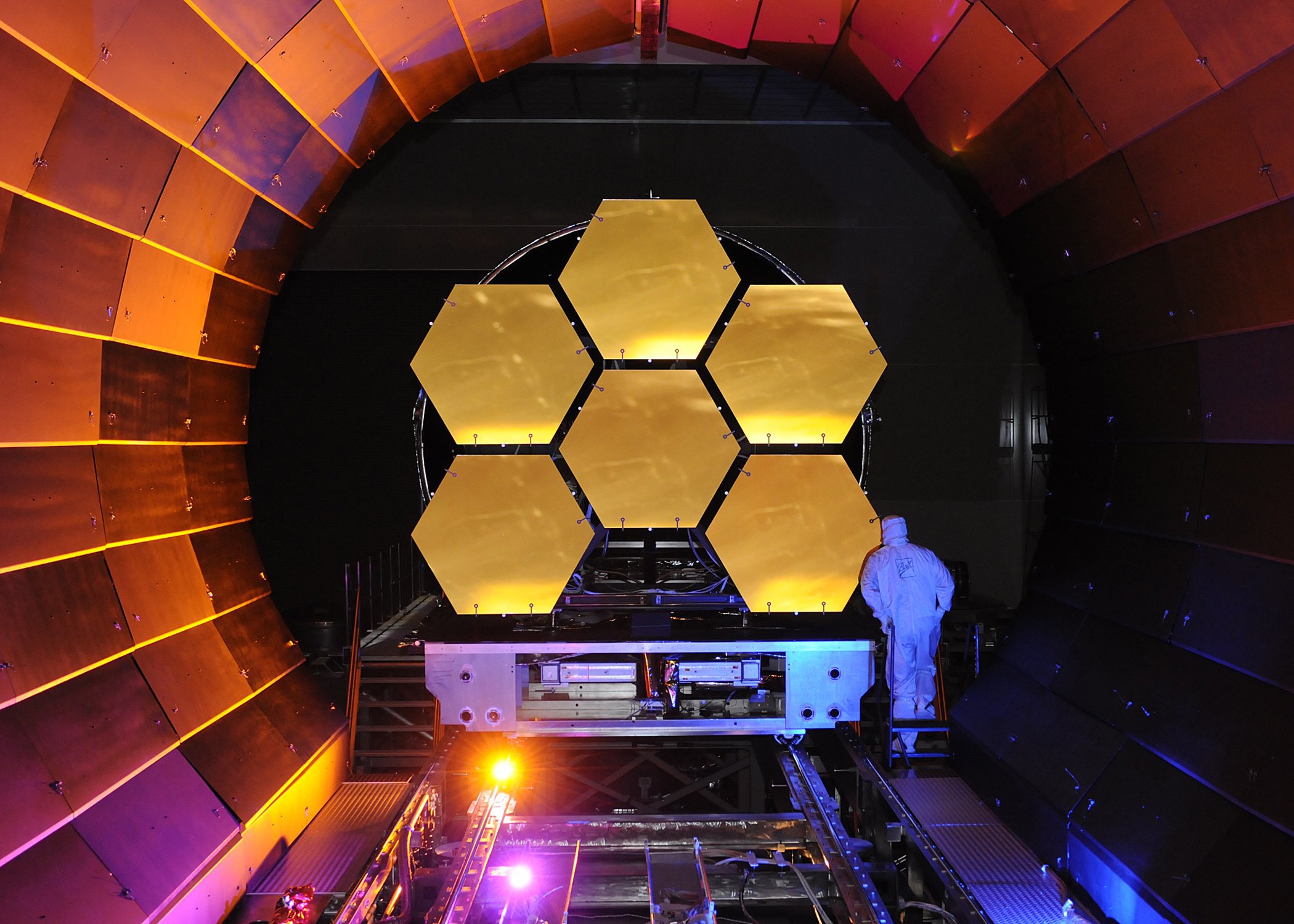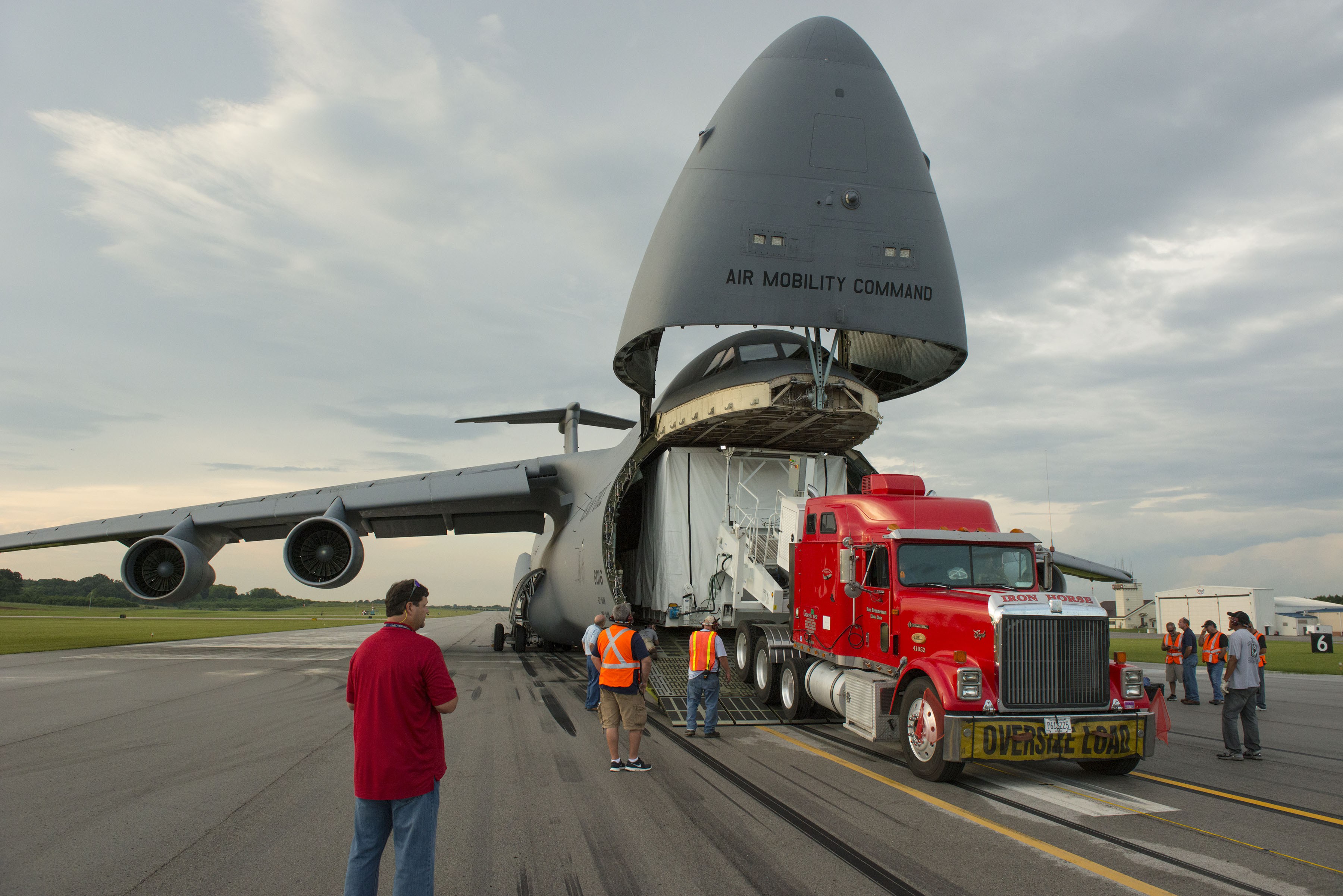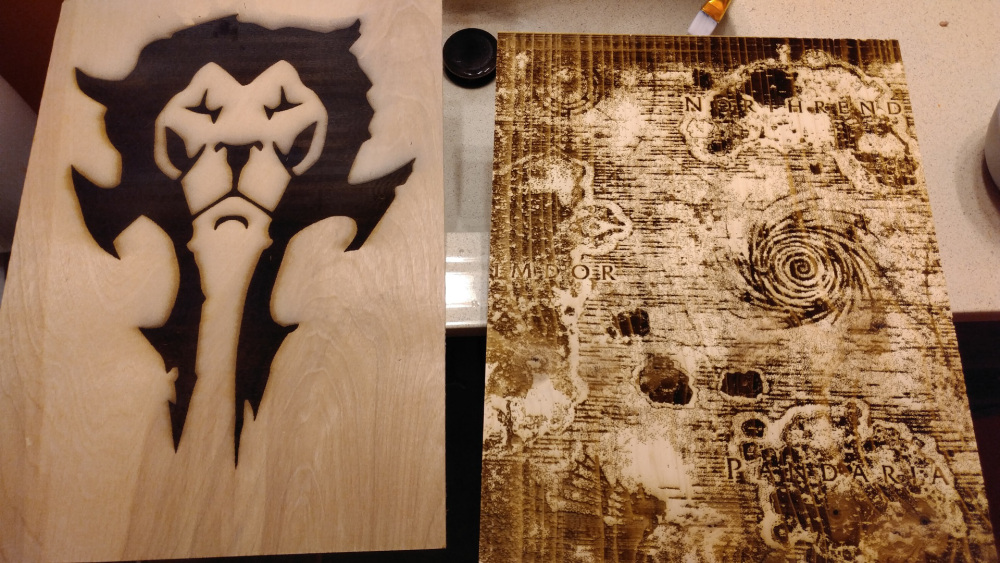
The James Webb Space Telescope is charged with the job of peering into the cosmos and giving humanity an unprecedented look at the universe. It will use some of the most sophisticated technology known to man to take a deep look at the oldest stars and galaxies in the universe, and hopefully answer some of the burning questions held by astronomers. It has recently completed testing in Maryland and is being prepared for its voyage to Texas, where it will undergo more rigorous tests before its planned launch into space in October 2018. The Atlantic recently had a look at how the experts are packing the giant device in preparation for its move.

In the cleanroom of NASA’s Goddard Space Flight Center, the telescope is being lifted by a crane and lowered into a huge, specially-made shipping container. It is a painstakingly precise maneuver that had to be practiced, tested and rehearsed many times before they got to have a go with the real thing; any damages could cost millions and set the project back months. All the technicians are fully-clad in hazmat suits to prevent any possible contamination on the telescope.

“The Webb telescope is about to embark on its next step in reaching the stars as it has successfully completed its integration and testing at Goddard. It has taken a tremendous team of talented individuals to get to this point from all across NASA, our industry and international partners, and academia,” said Bill Ochs, NASA’s Webb telescope project manager, in a press release. “It is also a sad time as we say goodbye to the Webb Telescope at Goddard, but are excited to begin cryogenic testing at Johnson.”
The container that NASA made especially for this purpose has a climate controlled environment and cost a hefty fee to develop, but it should secure the telescope whilst in transit. Once secured inside, the telescope will undergo final checks before the container has wheels added and gets rolled out and attached to a truck. Surrounded by a police convoy and scientists, Webb will make its way at a brisk pace of around 10mph, from Goddard to Joint Base Andrews.
The convoy sets of during the early hours, where police are able to block off as many of the roads as they can until the truck reaches the airbase. The cargo is the loaded onto a C-5 military transport aircraft design to carry huge military equipment. Once the plane reaches the Johnson Space Center, the telescope will be unloaded and dipped in liquid nitrogen to give the effect of deep space.

The entire procedure has been carefully choreographed and rehearsed, after the team successfully transported a replica last year in preparation. At its temporary home, the James Webb Space Telescope will undergo a series of tests including acoustic testing and scenarios to ensure the mirrors will unfold and deploy correctly. They have to get this right because the telescope will be operating at a distance that makes repairs almost impossible.
The telescope is scheduled to launch from the ESA base in French Guiana in October 2018 and will travel a million miles from Earth, much further than its predecessor, the Hubble Telescope. It will orbit the sun and give us a look into the furthest reaches of the universe, checking out the first stars ever created and hopefully unraveling some of the mysteries of creation. It will also check out exoplanets and hopefully provide a few surprises to the worlds space agencies.
Check out our Facebook for more. Advertisements Rate this:Share this:




